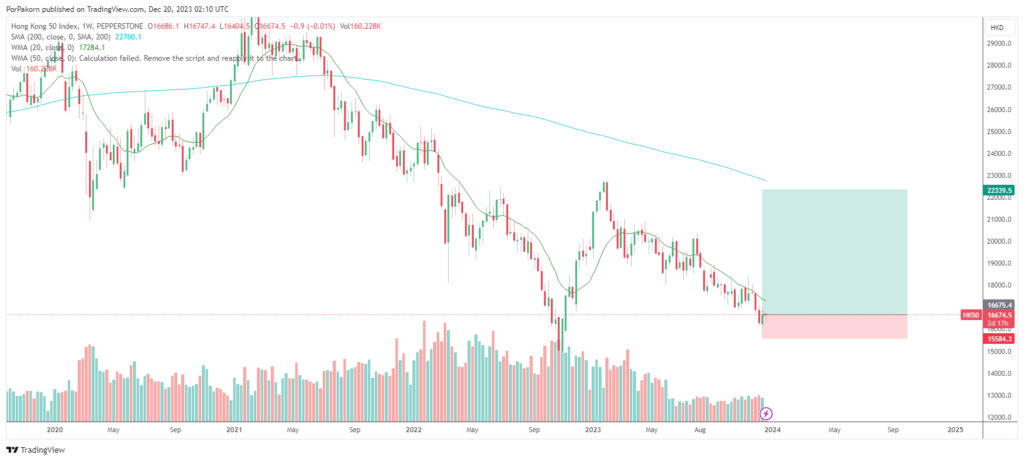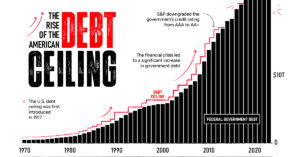Introduction: China stock analysis
China’s financial landscape stands as a pivotal force in global economics, with the People’s Bank of China (PBoC) wielding immense influence. Recently, the PBoC opted to maintain stability, holding the one-year loan prime rate at 3.45% and the five-year rate at 4.2%, signaling a prolonged consistency in monetary policy. Last month, the bank surged liquidity with a record-setting injection of CNY 800 billion, signaling a bid to bolster economic vitality. Yet, despite these efforts, the property sector remains sluggish, reflected in a seven-month dip in new home prices.
China’s Property Sector and Economic Implications
Amidst the PBoC’s steadfast measures, China’s property sector struggles, despite Beijing’s efforts to stimulate demand. November witnessed a notable 2.55% strengthening of the yuan, albeit with a 3.4% year-to-date depreciation. However, this currency movement hasn’t translated into buoyancy within the real estate realm. The market witnessed the steepest drop in new home prices, raising concerns about the sector’s vitality. This stagnancy persists despite the government’s earnest attempts to invigorate demand.
Impact on China’s Stock Market and Investor Sentiment
The PBoC’s resolute stance and the somber state of the property market have sent ripples across China’s stock market. Investor sentiment remains cautiously observant as the implications of a stagnant property sector weigh on broader economic prospects. Stocks tied to real estate face uncertainty, affecting market indices and prompting reevaluation of investment strategies. The yuan’s mixed performance adds another layer of complexity, influencing trade sentiment and foreign investment dynamics.
Navigating Forward: China stock analysis
For investors eyeing China’s market, a cautious approach aligns with the prevailing uncertainties. Diversification across sectors beyond real estate could mitigate risks associated with the sector’s sluggishness. Monitoring policy shifts and indicators from the PBoC remains crucial, given its pivotal role in shaping China’s economic trajectory. Observing the yuan’s fluctuations can offer insights into market sentiment and trade dynamics.
Combining the PBoC’s decisions, the property market’s struggles, and the ripple effects on China’s stock market illuminates the complex interplay defining China’s economic landscape. As investors navigate these currents, a nuanced understanding of these facets becomes paramount for informed decision-making and strategy formulation.






